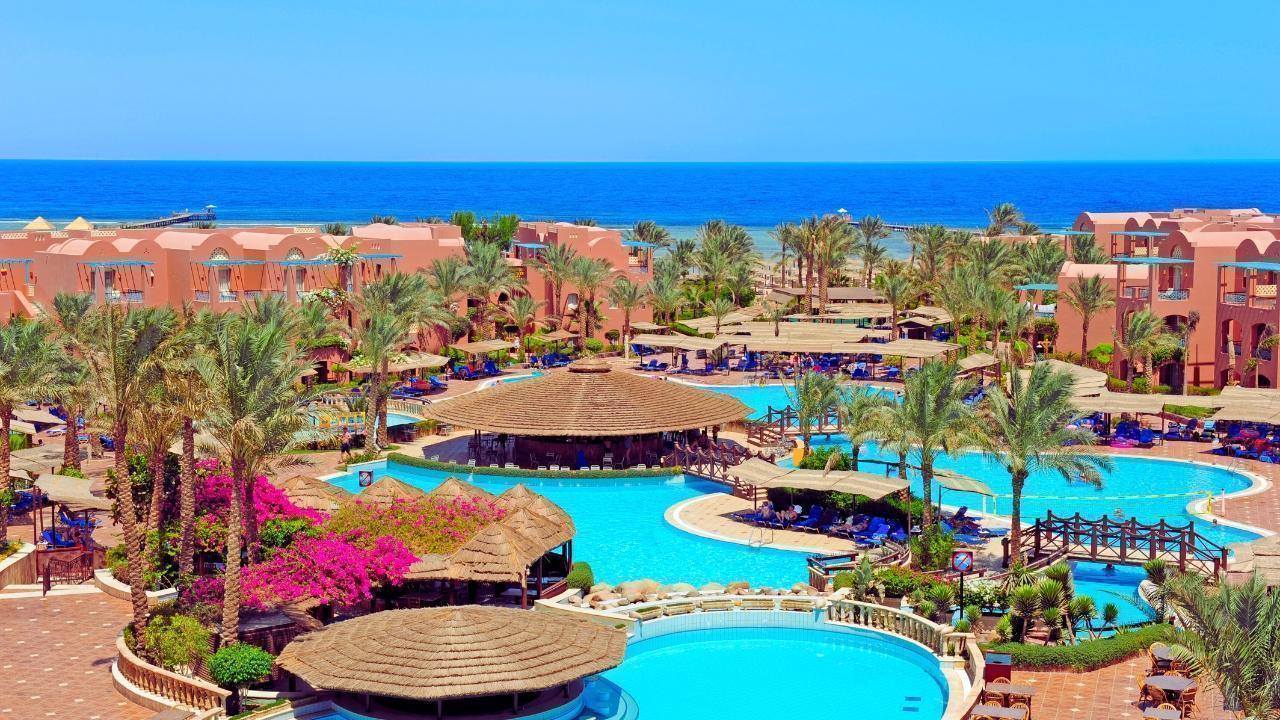
Post by : Anees Nasser
Saudi Arabia has embarked on an ambitious journey to transform its tourism sector, and at the center of this transformation lies the Red Sea Project. This development is not just about opening doors to new luxury resorts; it symbolizes a shift in how the kingdom positions itself on the global stage. Blending sustainability, cultural authenticity, and ultra-modern design, these resorts stand as a cornerstone of Saudi Arabia’s Vision 2030, which seeks to diversify its economy beyond oil. The Red Sea Project represents a bold move to attract international travelers who crave exclusivity, natural beauty, and innovation in one destination.
Unlike traditional mega-resorts that often prioritize grandeur over the environment, the Red Sea Project puts sustainability at the heart of its mission. Developers have committed to preserving the pristine coral reefs, islands, and marine ecosystems of the Red Sea coast. The project’s design incorporates renewable energy, with solar and wind power forming a backbone of operations. Water conservation, zero waste-to-landfill strategies, and responsible construction methods ensure that the natural habitat remains untouched as much as possible. This eco-conscious approach appeals to a growing segment of global travelers who are increasingly seeking destinations aligned with their values of environmental responsibility.
Another striking aspect of the Red Sea Project resorts is their unique blend of futuristic architecture and cultural heritage. The designs draw inspiration from Saudi Arabia’s natural landscapes and traditional patterns while embracing innovation. Luxury villas and hotels are planned to merge seamlessly into the environment, offering guests an immersive experience of desert mountains, turquoise lagoons, and endless seascapes. At the same time, local cultural elements—such as Arabian-inspired interiors, cuisine, and art—are woven into the experience, allowing visitors to appreciate Saudi traditions within a modern, luxury framework.
Beyond redefining the luxury travel experience, the Red Sea Project carries significant economic implications. Tourism is set to become one of the most vital contributors to the kingdom’s non-oil GDP. By attracting international investment and creating thousands of jobs in construction, hospitality, and cultural industries, the project empowers local communities. It also provides opportunities for Saudi youth to engage in new industries, ranging from marine conservation and eco-tourism to culinary arts and wellness services. In doing so, the project aligns with Vision 2030’s focus on empowering citizens and enhancing the quality of life across the kingdom.
The Red Sea Project is not designed for mass tourism. Instead, it seeks to attract a niche audience of high-net-worth individuals who prioritize privacy, bespoke services, and unique experiences. Ultra-luxury villas, private islands, and wellness sanctuaries are tailored to meet the desires of elite travelers from around the world. This exclusivity sets Saudi Arabia apart in the competitive global tourism market, putting it on par with renowned luxury destinations like the Maldives, Seychelles, and Bora Bora—while offering something even more unique: untouched desert landscapes and ancient cultural heritage.
One of the most important roles the Red Sea Project plays is reshaping global perceptions of Saudi Arabia. By showcasing the kingdom as a hub of innovation, luxury, and culture, it challenges stereotypes and opens dialogue with the world. Travelers who visit the Red Sea resorts will not only experience luxury but also engage with cultural offerings like local crafts, storytelling, and heritage tours. This approach strengthens Saudi Arabia’s global image as a country that honors its traditions while embracing modernity.
The Red Sea Project is more than just a tourist destination; it is a long-term investment in Saudi Arabia’s future. By adopting sustainable development practices, prioritizing cultural authenticity, and fostering local economic growth, the project creates a blueprint for tourism in the 21st century. It is designed to withstand global challenges like climate change, shifting traveler preferences, and the demand for sustainable practices. With Phase One already attracting attention, the coming years will determine how well Saudi Arabia translates this bold vision into lasting impact on the global tourism map.
This article is intended for informational purposes only. The content reflects insights into Saudi Arabia’s Red Sea Project resorts and their role in shaping ultra-luxury tourism. It does not promote or endorse specific companies, services, or investments.
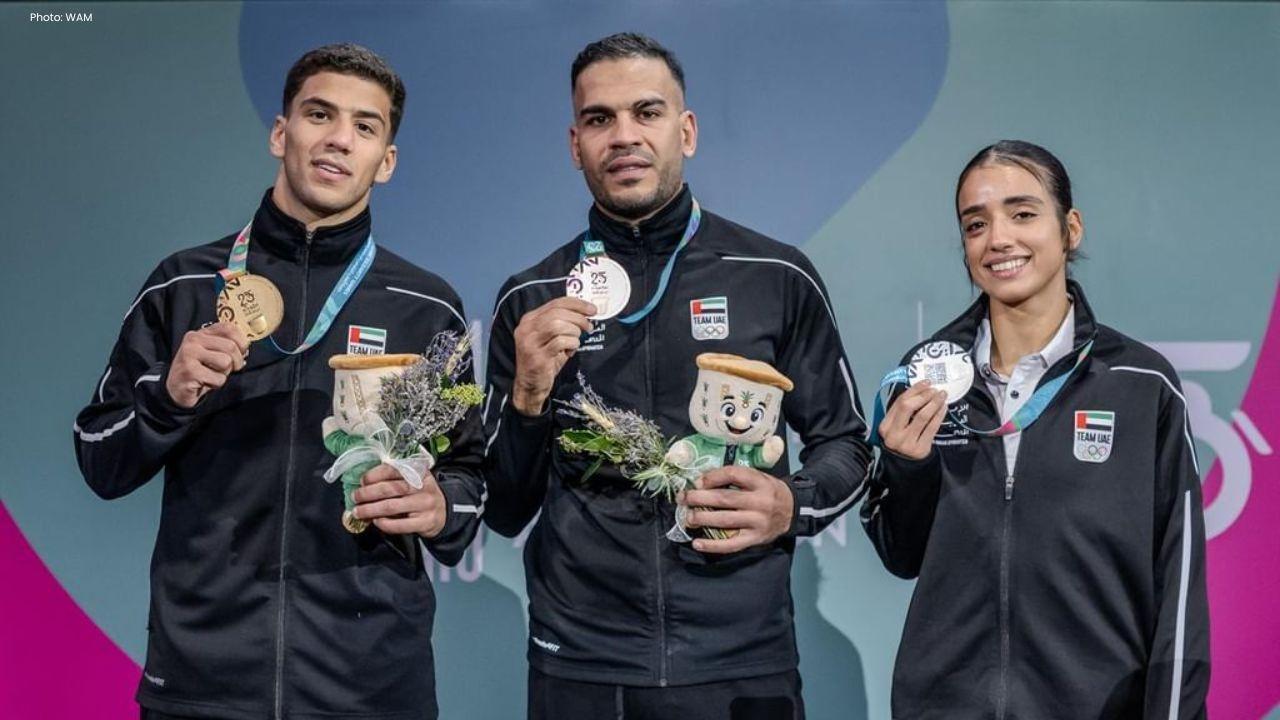

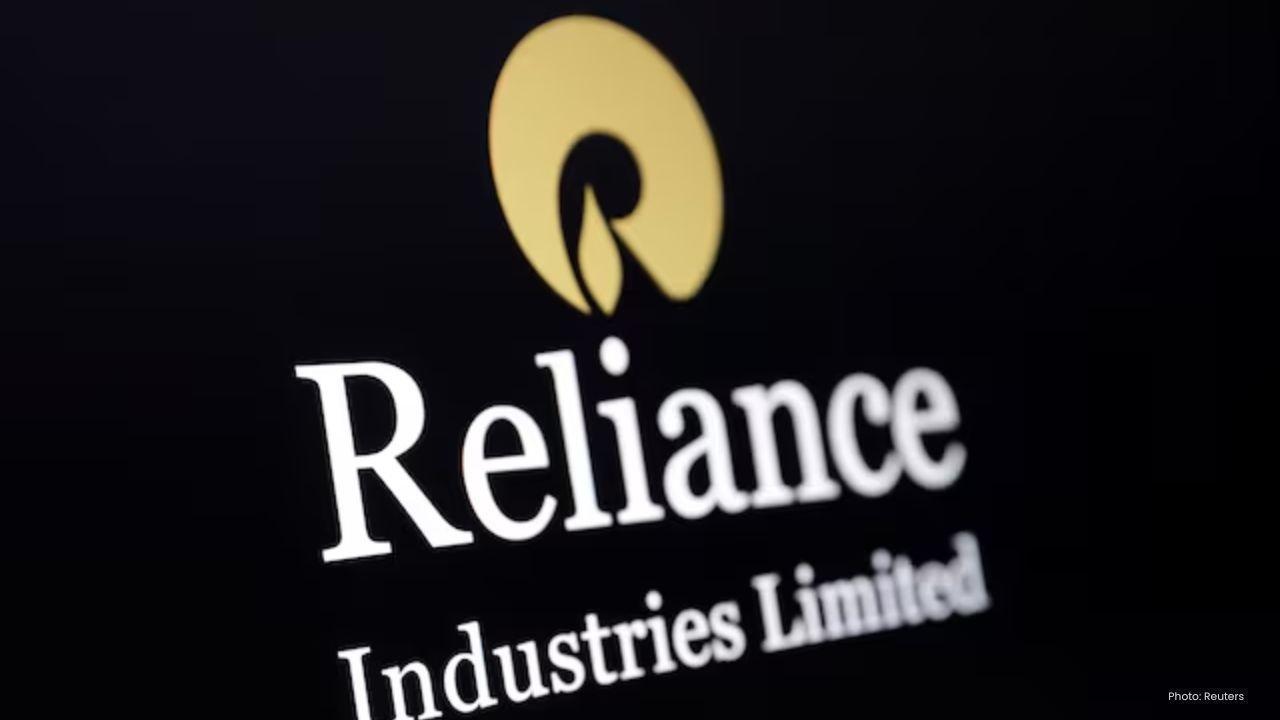

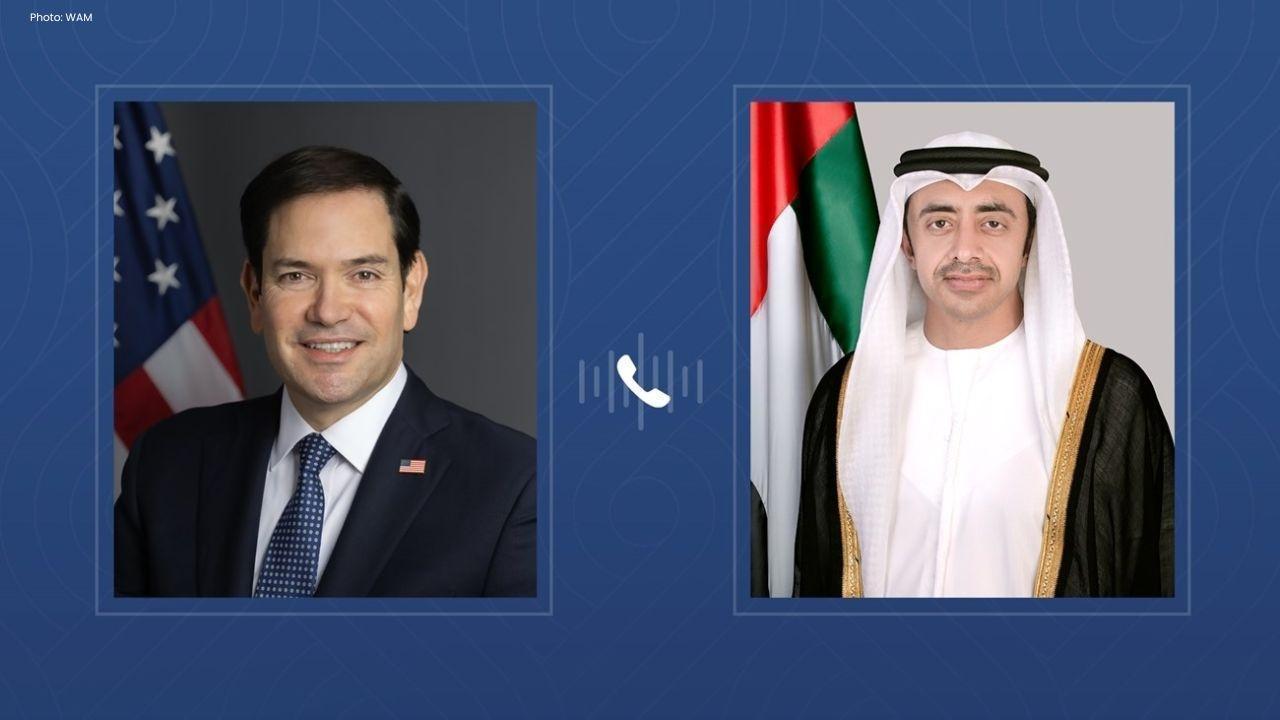
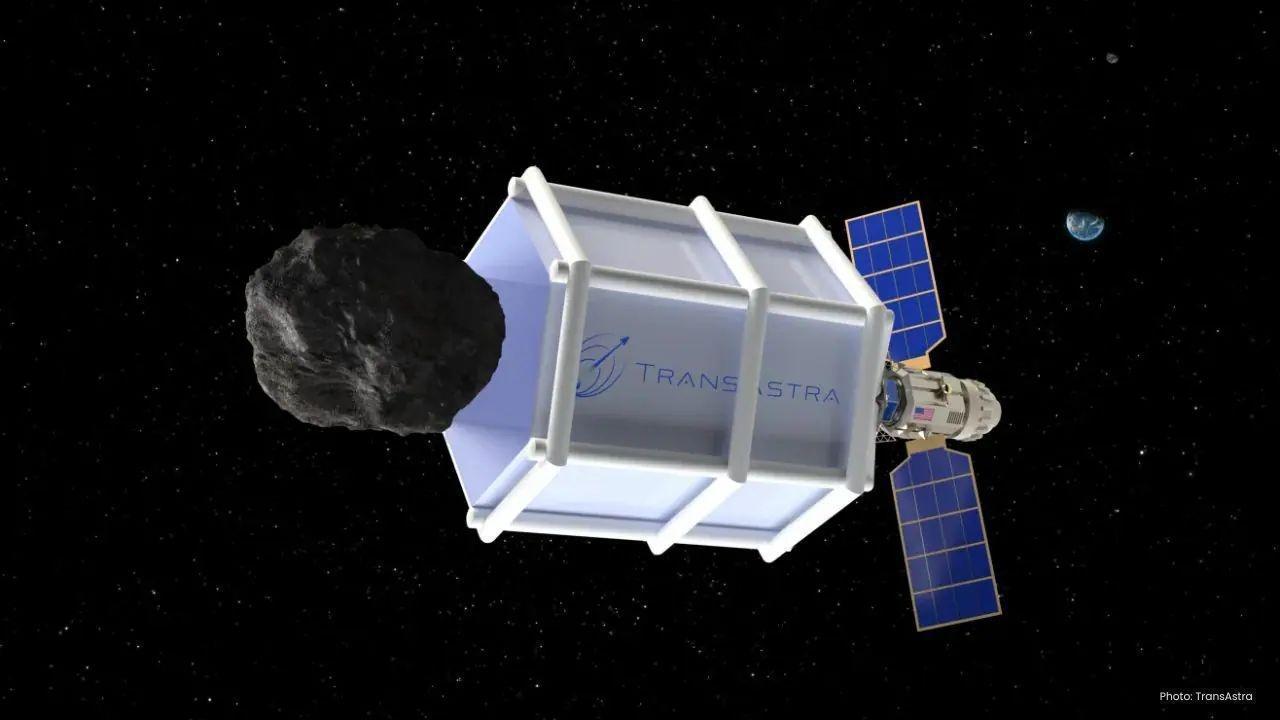




Curry Powers Warriors to Nail-Biting 109-108 Victory Against Spurs
Stephen Curry's 49 points propel the Warriors to a dramatic 109-108 NBA Cup triumph over the Spurs,

India Advances to Semi-Finals After Thrashing USA in Women’s Blind T20 World Cup
India secured a dominant ten-wicket victory over the USA, advancing to the semi-finals in the Women’

South Africa's Early Advantage as India Struggles on Day Two
On Day Two, India reached 138-4 as South Africa took three early wickets, complicating matters with

Kenta Nishimoto Defeats Lakshya Sen in Japan Masters Semifinal
Lakshya Sen's journey in the Japan Masters ends after losing to Kenta Nishimoto 19-21, 21-14, 12-21

Kenta Nishimoto Defeats Lakshya Sen in Japan Masters Semifinals
Lakshya Sen's run at the Japan Masters concludes with a loss to Kenta Nishimoto in the semifinals, 1

Major IPL Trade: Jadeja Joins Royals as CSK Signs Samson
In a significant IPL trade, CSK has acquired Sanju Samson from Rajasthan Royals in exchange for Ravi